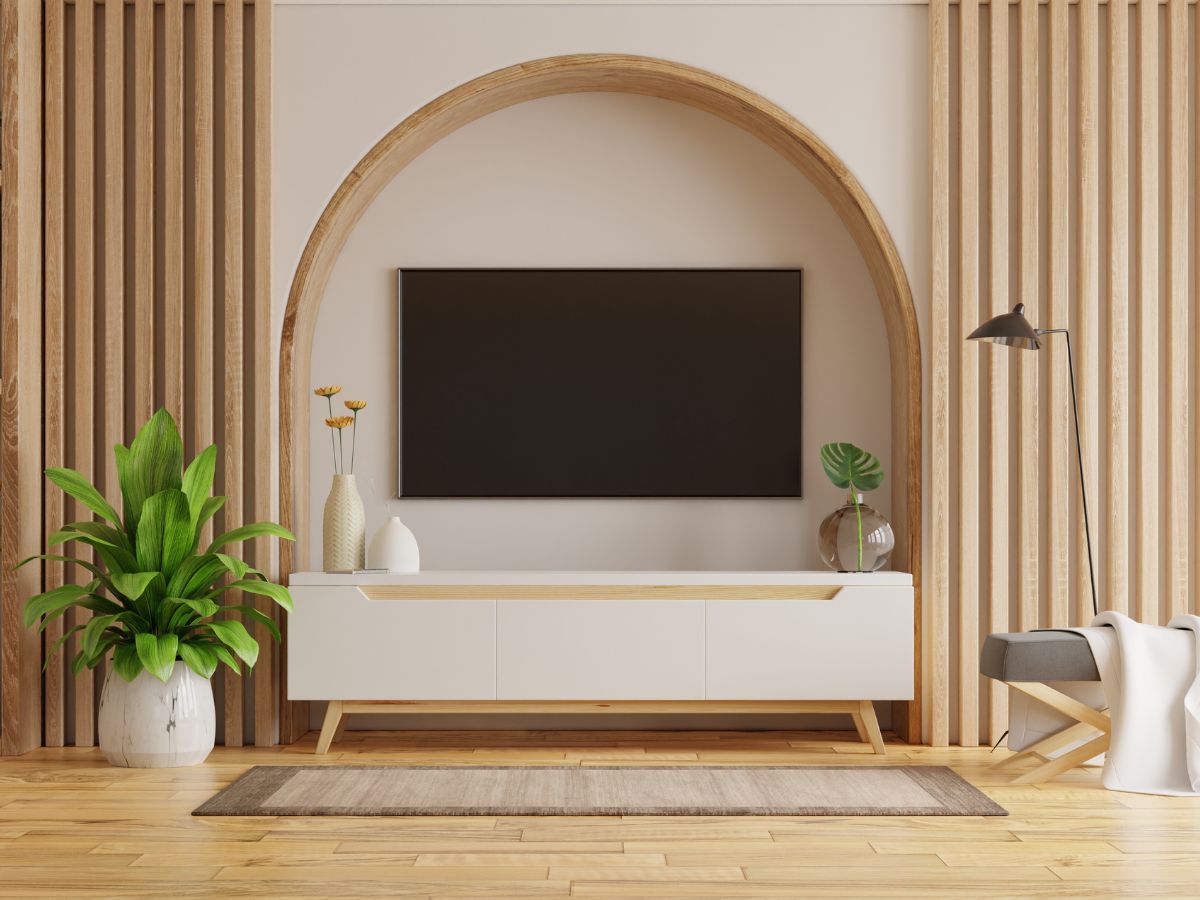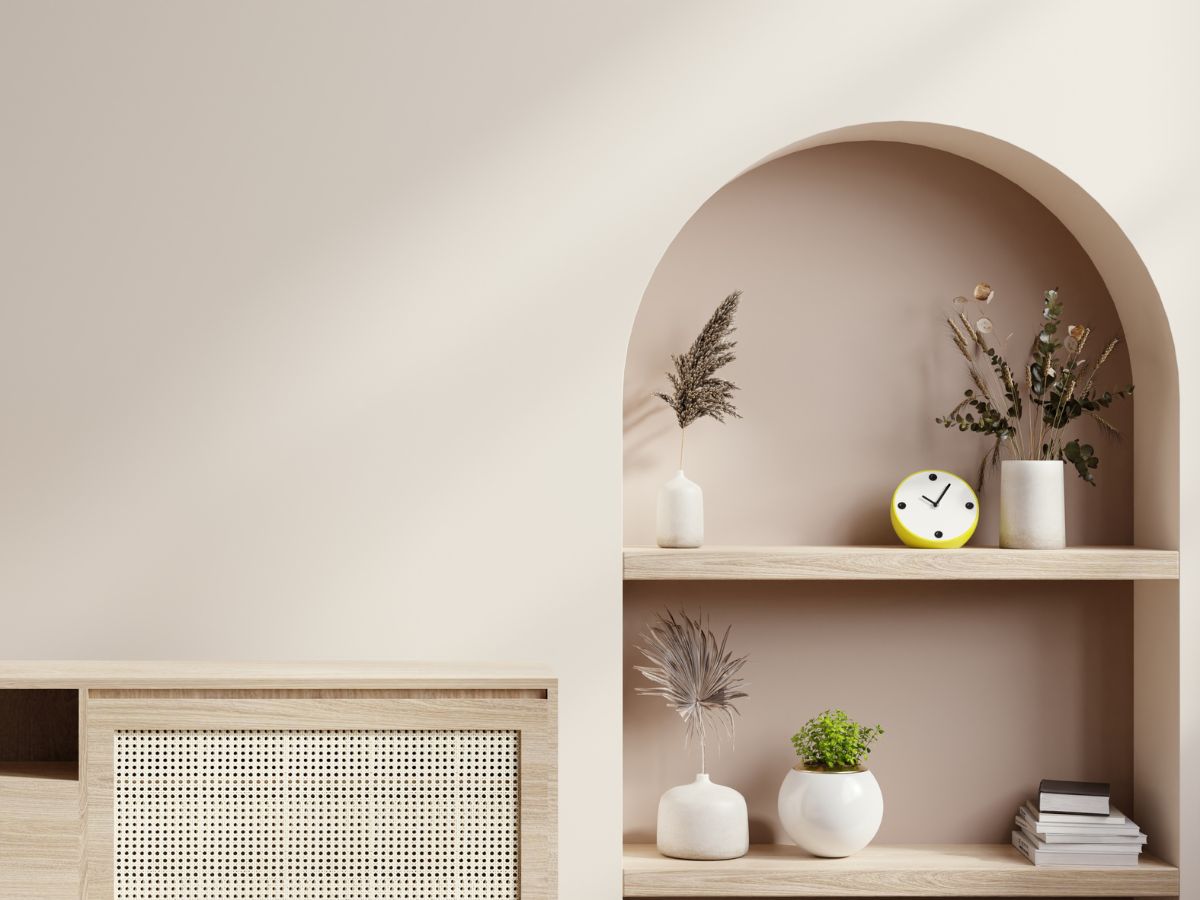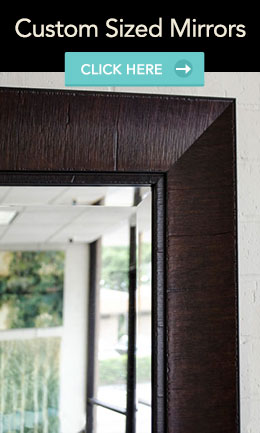
How to Care for Wood Surfaces at Home
Wood has an unmatched ability to bring warmth, texture, and authenticity to interiors. Whether it’s a solid oak dining table, walnut shelving, or custom maple tabletops, wood surfaces are living materials that evolve over time. But to keep them looking their best, they require thoughtful maintenance. Understanding how to care for wood is essential for interior designers, remodeling professionals, and homeowners who value long-term performance and aesthetics.
1. Regular Cleaning with the Right Products
The foundation of wood care begins with consistent cleaning done correctly. Use a soft, lint-free cloth slightly dampened with water or a mild, pH-balanced cleaner specifically designed for wood. Avoid harsh chemicals, ammonia-based products, or abrasive pads that can strip finishes or leave micro-scratches.
For everyday maintenance, dry dusting prevents buildup of debris that dulls surfaces. If you’re cleaning large furniture or built-ins, always follow the direction of the grain to avoid disrupting the natural texture.
2. Moisture and Humidity Control
Wood absorbs and releases moisture depending on its environment. Excess humidity can cause swelling, while dry air can lead to cracking. The ideal indoor humidity level for wood stability ranges between 35% and 55%, according to the National Wood Flooring Association.
Designers and remodelers should consider this when specifying wood materials for bathrooms, kitchens, or coastal homes. Using dehumidifiers or humidifiers seasonally helps maintain equilibrium, preventing warping and joint separation.
3. Protection from Heat and Sunlight
Direct sunlight can cause uneven fading, especially on stained or oiled finishes. Place furniture away from strong UV exposure, or use window treatments to diffuse natural light. Heat is another concern. Avoid placing hot items directly on wood surfaces. Always recommend heat-resistant mats or trivets to clients for dining and coffee tables.
If fading does occur, refinishing or lightly sanding and reapplying the original finish can restore consistency without replacing the piece.
4. Conditioning and Polishing
Wood finishes need periodic nourishment to retain luster and prevent drying. Use high-quality conditioners or oils such as mineral oil for natural finishes or beeswax blends for sealed surfaces every few months. Avoid silicone-based polishes, which can create residue and interfere with future refinishing.
For designers working with custom wood furniture or table tops, confirm the finish type (lacquer, polyurethane, oil, or wax) before selecting care products. Matching care methods to the finish ensures longevity and color stability.
5. Repair and Refinishing
Even with the best care, scratches and dents happen. For light surface marks, use a color-matched wax stick or wood touch-up marker. Deeper damage may require gentle sanding and reapplication of finish. For custom wood installations like MirrorLot’s handcrafted tabletops, professional refinishing every few years keeps surfaces looking new and structurally sound.
Wood surfaces bring craftsmanship, comfort, and value to any interior. With consistent care, balanced humidity, and proper protection, these natural materials will age gracefully, adding depth and authenticity to every design project.

